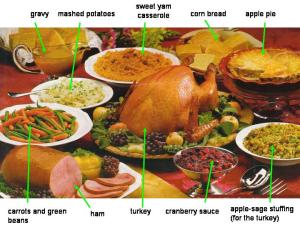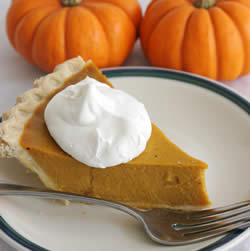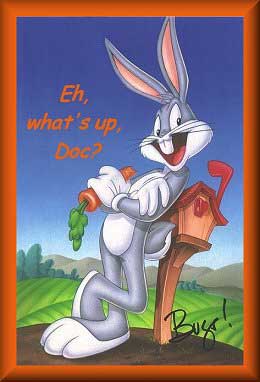Los Angeles has a large and growing Latin American population. Their influence on the city is substantial. Notices in public places are usually in both English and Spanish while business advertisements in Spanish alone are everywhere. Virtually all businesses provide Spanish interpretation upon demand.
A couple of months ago, a colleague invited me to her daughter’s Quinceañera. In the Latin culture, this is the coming-of-age ceremony for girls, much like the American or Canadian Sweet Sixteen celebration. The quinceañera (also means the birthday girl) celebrates her quinceaños or fifteenth birthday on this day.
If parents could afford it, a big party is thrown where the entire Quinceañera celebration is similar to a wedding ceremony and consists of two parts. The morning is spent at church where the quinceañera affirms her faith. Those of Latin descent are usually Roman Catholics so there is a blessing given by the priest, followed by the presentation of gifts by family elders usually of a religious nature, like a Bible. In the Latin culture, the girl’s godparents, or padrinos, play a very important role in her life and is also present during the mass and dinner.
Click here for a short overview video.
At nighttime, a dance party is held at a restaurant or banquet hall, which is decorated with one or two theme colors of the girl’s choosing. Prior to the day, the quinceañera selects her ball gown (similar looking to a wedding gown) and her Court of Honor consisting of friends and relatives of the same age group to accompany her during the waltz performance at the dinner party. The quinceañera herself is escorted by a male companion.
Click here to see a waltz performance.
After the waltz, other traditions are also carried out that night. Usually, the quinceañera first comes in a pair of flat heel shoes that are then taken off and changed into high heels by her father during the “Shoe Changing Ceremony”. The mother then assists in the coronation or crowning ceremony and exchanges this with her doll. This is then followed by the Father-Daughter Dance, where the father and daughter take the first dance. Other older male family members (e.g. brothers, grandfathers, uncles, godfathers) may also ask to take her around the dance floor. Then the dance floor is opened up to all guests with the playing of fast songs, characteristic of the Latin culture.
Click here to see some of the traditions and a father-daughter dance.
Of course, this ceremony may be celebrated on a smaller scale, like at a family’s backyard, depending on the financial well-being of the parents.
If you are ever invited to a Quinceañera make sure you accept it!




 Posted by Alice
Posted by Alice 




